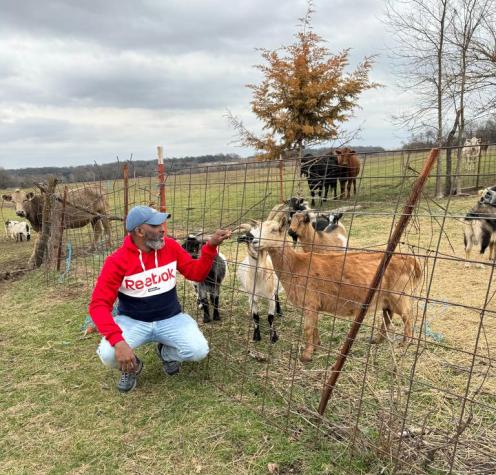OSCEOLA, Mo. – Sheep and goats are susceptible to heat stress in the summer, and a revised University of Missouri Extension publication updates management practices for producers to protect their animals.
“Heat stress in sheep and goats occurs when the animals are unable to regulate their body temperature,” said David Brown, MU Extension small ruminant livestock specialist and author of “Management of Sheep and Goats Through Drought,” which is available free online at extension.missouri.edu/publications/g2618.
“Open-mouth panting is an important visual indicator of severe heat stress in sheep and goats,” Brown said. The publication includes an assessment to determine the level of discomfort in the herd.
“Producers should adopt a multidisciplinary approach to lessen the impact of high heat and humidity,” said Brown. Livestock should not graze during the heat of the day, he said. They should have nutrient-dense diets and shade should be provided.
Clinical signs of heat stress in sheep and goats include continual panting, rapid breathing, weakness and the inability to stand. Rectal temperatures over 105 F are especially dangerous, and death may occur with a rectal temperatures over 107 F as the animal’s cells begin to degenerate.
